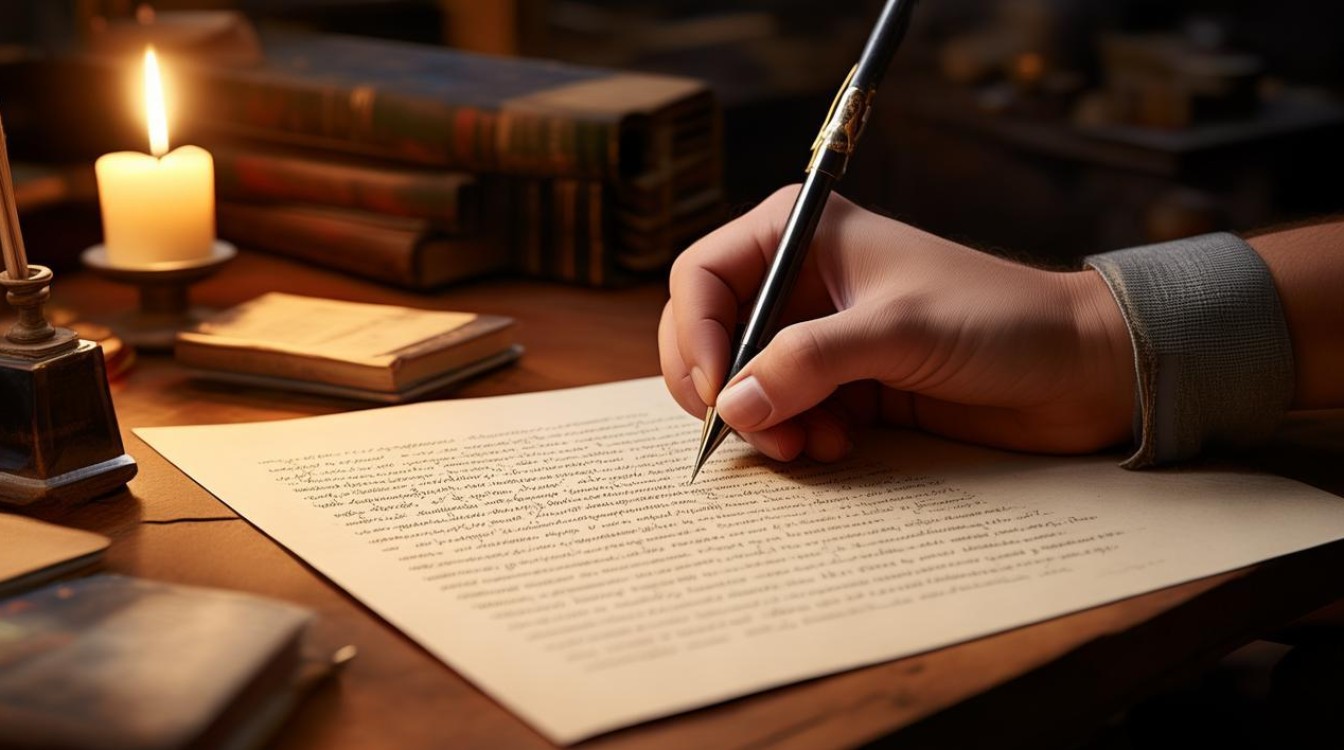Beauty has long been a subject of fascination, inspiring poets, artists, and philosophers across centuries. When writing an English essay on this timeless theme, the opening lines set the tone, drawing readers into a world where aesthetics, perception, and meaning intertwine. A strong introduction not only engages but also establishes credibility—essential for both reader trust and search engine algorithms like Google’s E-A-T (Expertise, Authoritativeness, Trustworthiness).

Why the First Paragraph Matters
The initial sentences of an essay act as a doorway. A compelling start ensures the audience continues reading, while a weak one may lead to disengagement. For digital content, this is even more critical—search engines prioritize pages that retain visitors, signaling high-quality material.
A well-crafted opening should:
- Pose a thought-provoking question – "What defines true beauty: symmetry, emotion, or something intangible?"
- Share a striking quote – "Keats once wrote, 'A thing of beauty is a joy forever,' but does modern society still embrace this ideal?"
- Present a vivid scene – "The golden hues of a sunset over Tuscany don’t just please the eye; they stir the soul."
- Challenge assumptions – "Beauty is often called subjective, yet studies reveal surprising universality in what humans find attractive."
Techniques for an Engaging Introduction
The Philosophical Hook
Beauty’s abstract nature lends itself to deep inquiry. Begin with a reflective statement:
"Plato argued that beauty resides in eternal ideals, while Darwin saw it as a tool for survival. Between these two visions lies a rich debate—one that shapes how we perceive art, nature, and even ourselves."
This approach signals expertise, appealing to readers seeking intellectual depth.
The Personal Anecdote
A relatable story creates instant connection:

"At eight years old, I believed beauty lived only in fairy tales—until I watched my grandmother knead dough, her wrinkled hands moving with a rhythm that felt like art."
Authentic narratives enhance trustworthiness, a key factor in E-A-T.
The Contrast Method
Juxtaposing ideas sparks curiosity:
"Social media glorifies flawless selfies, yet Renaissance painters celebrated imperfections. Has our definition of beauty evolved—or devolved?"
Such openings encourage readers to explore differing viewpoints.
The Scientific Angle
Data-driven insights lend authority:

"Researchers at University College London discovered that the brain processes beauty in just 13 milliseconds. Speed aside, what neural pathways explain why a melody or a face can move us so deeply?"
Citing credible sources boosts the essay’s reliability.
Avoiding Common Pitfalls
- Clichés – Phrases like "beauty is in the eye of the beholder" lack originality.
- Vagueness – "Beauty means different things to different people" is too broad.
- Overused Quotes – While Shakespeare’s sonnets are timeless, lesser-known references stand out.
Examples of Strong Openings
For an Analytical Essay:
"In 2019, a viral campaign dubbed ‘The Ugly Duckling Challenge’ asked participants to share unedited photos. The response revealed a hunger for authenticity in an airbrushed world—proof that beauty standards are shifting."
For a Reflective Piece:
"The Japanese concept of wabi-sabi finds beauty in transience: a cracked vase, a fading leaf. In embracing impermanence, we might uncover a more profound aesthetic."
For a Persuasive Argument:
"If beauty were merely genetic, why do cultures across history idolize vastly different traits? The answer lies not in biology alone, but in the stories we tell about allure."
The Role of Language and Rhythm
Precise word choice elevates the introduction. Consider:

- Euphony – "The luminous glow of dawn" sounds more evocative than "The bright light of morning."
- Concision – "Beauty defies simple labels" is sharper than "Beauty is something that cannot be easily defined."
- Active Voice – "Picasso shattered conventions" is stronger than "Conventions were shattered by Picasso."
Final Thoughts
A masterful opening balances creativity and clarity, offering just enough intrigue to compel further reading. Whether through a poignant question, a bold statement, or a sensory-rich description, the first lines must resonate—not just with human readers, but with algorithms prioritizing valuable content.
In the end, writing about beauty demands the very quality it examines: an ability to see beyond the surface and craft something meaningful. The best introductions don’t just inform; they invite readers to see the world—and the essay—through a fresh lens.

